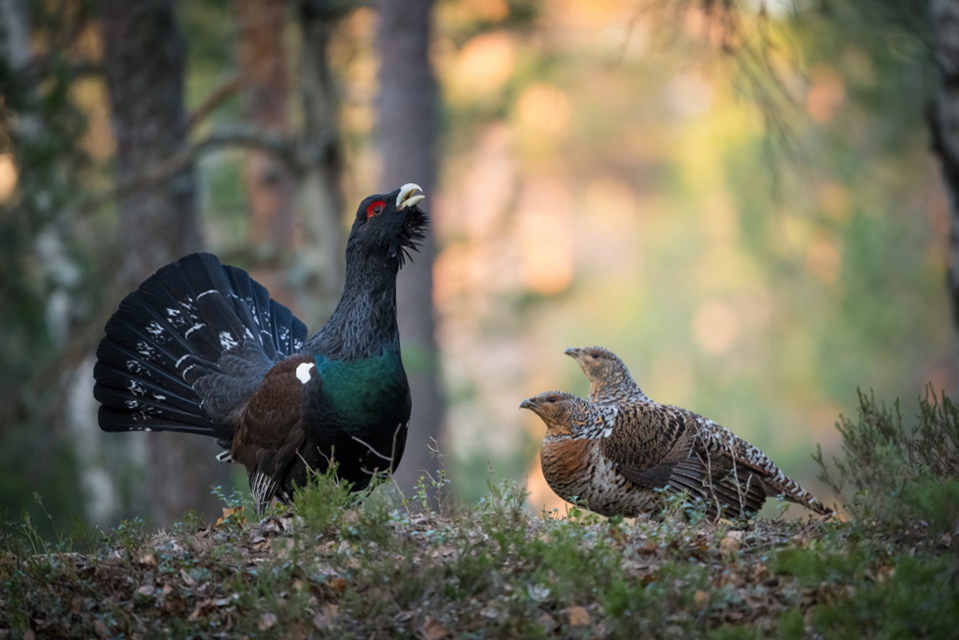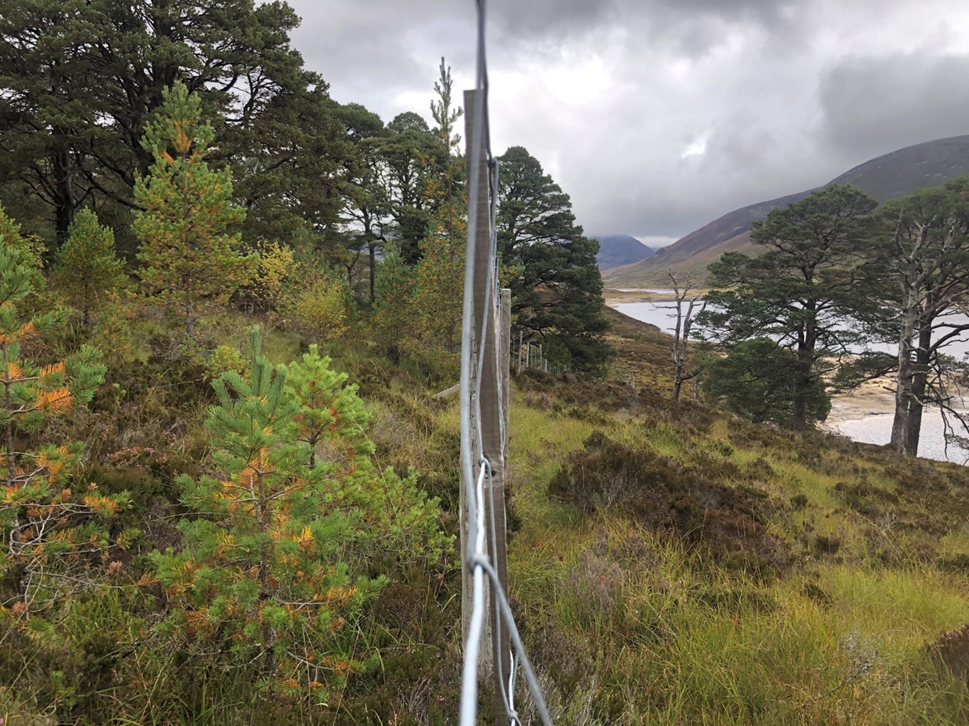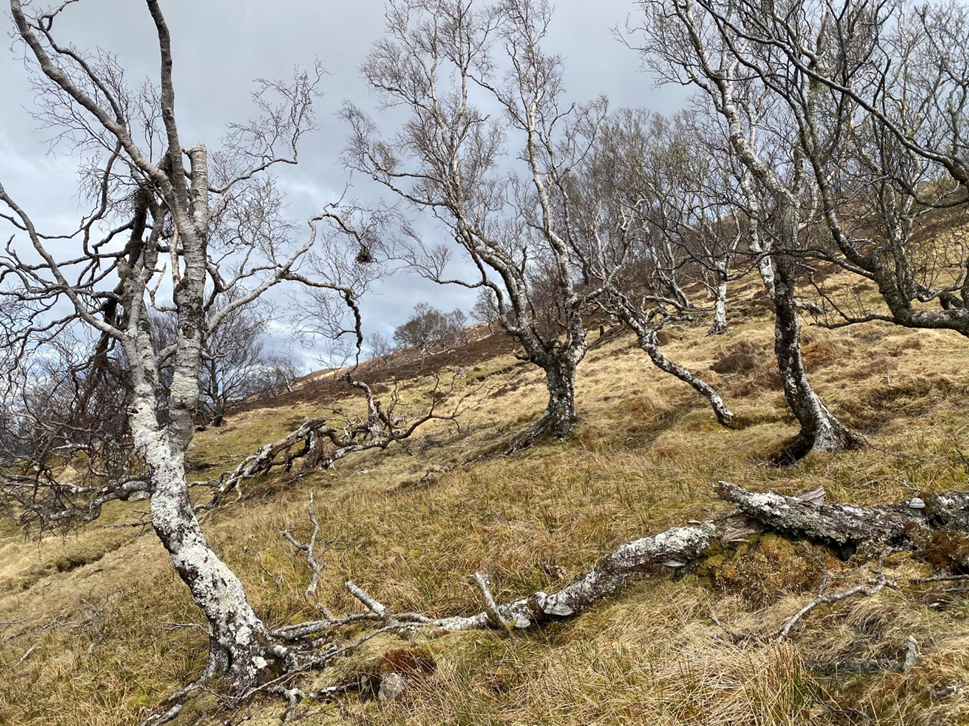Funding the restoration of ghost woodlands
Scottish Forestry has long offered Woodland Improvement Grants for the expansion of native woodlands through natural regeneration. To be eligible, an Environmental Impact Assessment (EIA) determination is required and there must be evidence on the ground that regeneration is likely. In addition to this source of public funding (and thanks largely to the hard work of the Woodland Carbon Code and charities such as Future Woodlands Scotland), it is now also possible to generate carbon credits through the restoration of ghost woodlands, providing land managers with a long-term source of revenue to cover the ongoing costs of nurturing a woodland back to life.
While the carbon yields may not be as predictable as they are for planted schemes, the upfront costs are much lower. With Woodland Carbon Code projects running for up to 100 years, there is also plenty of time for carbon sequestration within a project area to really snowball.
The buyers of carbon credits, too, are starting to appreciate the cultural and ecological value of ghost woodlands, with many willing to pay more for the ‘charismatic’ carbon credits generated by these projects. New carbon standards for ecological restoration that will capture and highlight the co-benefits of natural regeneration projects explicitly are also in the pipeline, making it easier for land managers to communicate the full value of their actions.

Ancient woodlands provide habitat for charismatic species such as capercaillie. The intrinsic and ecological value of such wildlife is not being captured by carbon markets currently.
Land reform and ScotGov Policy
Most land managers I speak to want to restore ghost woodlands on their land simply because “it is the right thing to do”, although many are understandably interested in the new natural capital revenue streams that can be accessed to help them do this. However, action to date has been almost entirely voluntary with no actual stipulation to restore anything. The latest indications from Scottish Government are that this voluntary status quo is unlikely to persist indefinitely.
Earlier this month, the Land reform in a Net Zero Nation” consultation was published, ahead of new legislation being introduced late next year. Of note is the proposal that all large landholdings i.e. those over 3,000 hectares will be subject to 'compulsory land management plans'. This requirement will necessitate the production of a publicly available document, which details how land is being used and managed so as “to meet requirements for sustainable management, contributing to net zero and nature restoration goals”.
At the same time, Scottish Government has a new biodiversity strategy out for consultation. Success is being defined in terms of milestones hit by 2030 and 2045 respectively, with a stated aim for 2030 of “native woodland cover and woodland ecosystem health sustaining rich biodiversity, and large-scale regeneration steadily increasing, largely through reductions in deer browsing and grazing impact…”.
It seems likely, therefore, that resurrecting ghost woodlands will become an important part of many land managers’ remit. If you’d like to find out more about appraising native woodlands on your landholding or how to fund their restoration, we’d be delighted to hear from you.

A ghost woodland in the NW Highlands being restored through deer fencing. With reduced browsing pressure on the inside of the fence natural regeneration is occurring, ensuring the continued survival of this ancient remnant. Photo credit: James Rainey
[1] Scotland’s Forestry Strategy: 2019 – 2029, p. 02

























